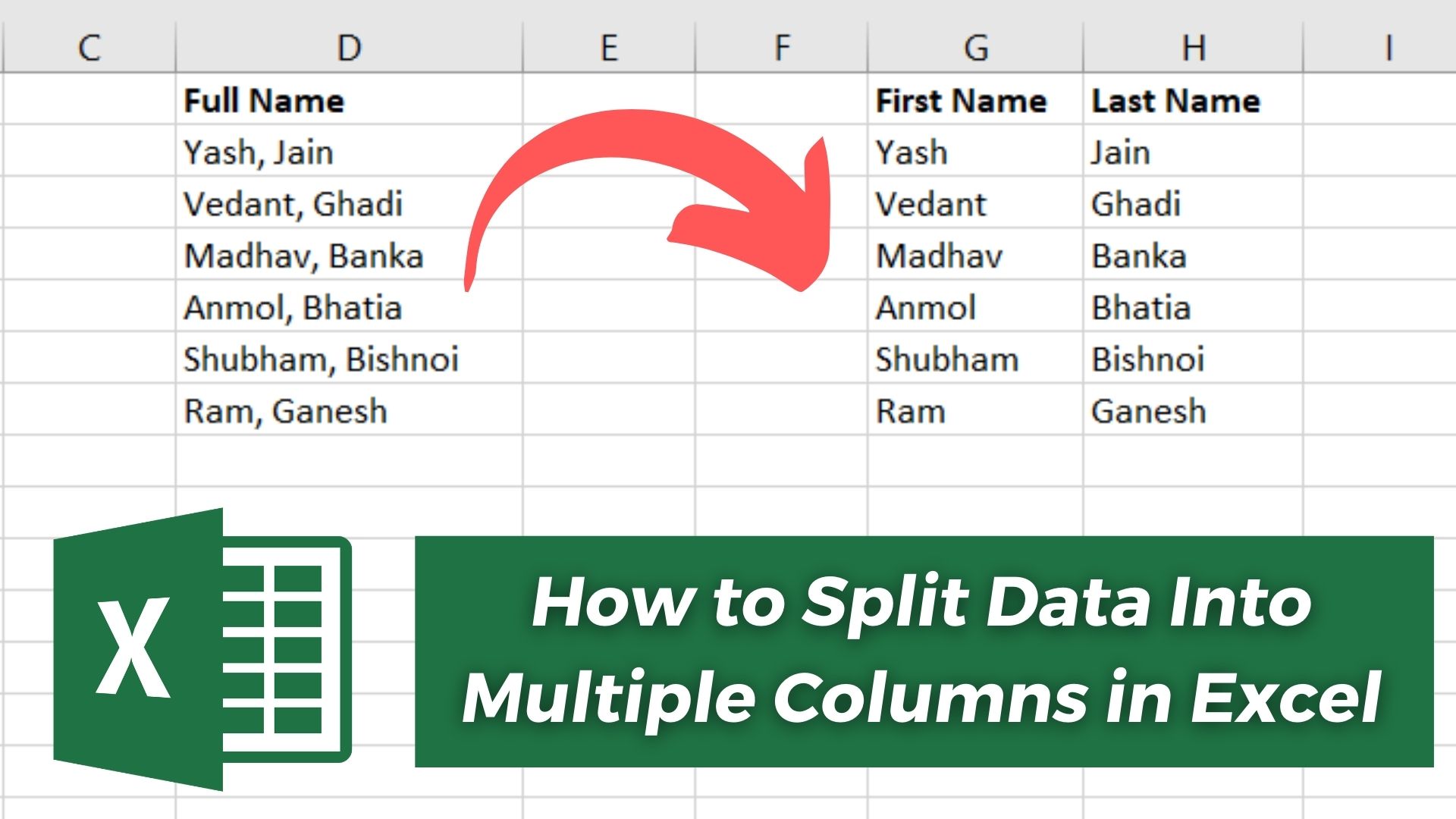

As written here, the macro splits apart info in the fourth column. Note that in order to run the macro, you will need to specify, using the iColumn variable, the column that contains the cells to be split apart. LNumRows = Cells(Rows.Count,1).End(xlUp).Row LNumCols = Cells(1,Columns.Count).End(xlToLeft).Column One way to avoid this is to type your paragraph into several cells. You can also split the contents of a cell into multiple adjacent cells. Wrapping Text In One Column Adjusts Row Height Of All Columns in Microsoft Excel 2003. Instead, create a new column next to the column that has the cell you want to split and then split the cell. In this example, the macro assumes that you want to "expand" everything in the worksheet, and that the data in the worksheet starts in row 1. Unfortunately, you can’t do this in Excel. One approach is shown in the following code. That means that the solution to this problem must include the use of a macro. The problem is that while this successfully splits the data into separate columns, it doesn't get it into separate rows, like James requested. This can be used to split the data based on the presence of the ASCII 10 character, which is what Excel inserts when you press Alt+Enter. For instance, if there were three lines of data in a single cell in the row, then the data in that cell should be split out into three rows.Įxcel provides a handy way to split data into separate columns using the Text to Columns tool.

(The data in the cell was separated into lines by pressing Alt+Enter between items.) James would like to split this data into multiple rows. One of the columns in the data includes cells that have multiple lines per cell.
#Microsoft excel split cells into multiple rows series#
James has some data in a worksheet that is contained in a series of rows.


 0 kommentar(er)
0 kommentar(er)
